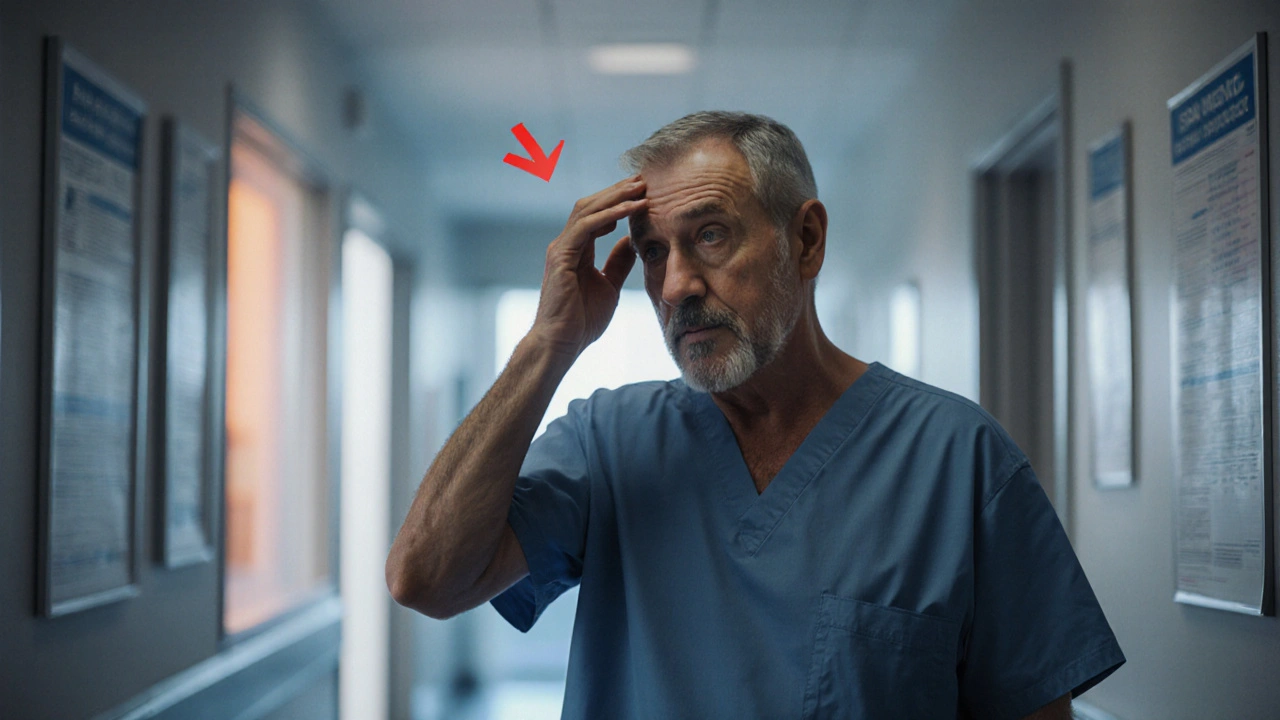Parkinson's Disease: Symptoms, Treatments, and Medication Insights
When your body starts moving slower than your mind, when your hand trembles without you asking it to, or when walking feels like wading through thick mud—you might be facing Parkinson's disease, a progressive neurodegenerative disorder that damages nerve cells in the brain responsible for movement control. Also known as paralysis agitans, it doesn’t just shake your hands—it reshapes your daily life. This isn’t just about old age. While most people are diagnosed after 60, nearly 1 in 10 cases show up before 50. The core problem? Your brain stops making enough dopamine, a chemical messenger that helps coordinate smooth, controlled movements. As dopamine drops, signals between your brain and muscles get messy. You freeze mid-step. Your face loses expression. Your voice gets soft. Simple tasks like buttoning a shirt or writing a note become exhausting.
What you can’t see—like the loss of those brain cells—is what drives what you can. And while there’s no cure yet, treatment has come a long way. The most common medicine, levodopa, a compound that the brain converts into dopamine, has been the gold standard for decades. It doesn’t stop the disease, but it gives back control. Many people on levodopa can walk again, write again, live again. But it’s not perfect. Over time, the effects wear off faster. You get sudden shifts between "on" and "off" states. That’s why doctors often combine it with other drugs like carbidopa, or newer options like dopamine agonists that mimic dopamine’s action without turning into it. Physical therapy, exercise, and even deep brain stimulation are now standard parts of the plan—not just after everything else fails, but early on, to keep you moving as long as possible.
What’s missing from most doctor’s offices? Real talk about what this feels like day to day. The frustration of forgetting how to start walking. The embarrassment of drooling in public. The loneliness when friends stop inviting you out because they don’t know how to help. That’s where the stories and guides below come in. You’ll find clear comparisons of medications, practical tips for managing symptoms, and insights from people who’ve lived with this longer than most doctors have studied it. No fluff. No jargon. Just what works, what doesn’t, and what to ask your doctor next.

